Making scientific posters and presentations engaging for an audience can be a challenge. Richard Threlfall, Managing Editor, Asian Journal of Organic Chemistry, gives you some tips on how to design your slide show, step into the spotlight, and take questions.
Magic
The most memorable presentation I’ve ever attended was when I was a student. The presenter, who is deservedly well-known for his talks, mixed in magic tricks with his lecture on molecular motors. At the end of the lecture, he did a card trick with a giant pack of cards and an unsuspecting volunteer from the audience pulled out a card that just so happened to have a smiling photo of the head of department on! This was surprise for everyone, and a memorable moment that has stayed with me for more than ten years.
|
While performing magic during your talk is very a special talent if you have it, I wouldn’t recommend this strategy for everyone! The moral of this story is, however, making your presentation stand out from the rest is definitely something I would recommend. A clear account of the latest exciting development in science should always be your main aim. But alongside engrossing your listeners with the scientific details, there are also other things you can do to really immerse your audience in the story.
Emotional Connection
To add extra impact, you might consider bringing something along to hand around the audience, for example, that new solar cell you’ve just made to show how light or how flexible it is. Visual effects like showing a video of how powerful your new energetic material is also help to engage the audience with the real-world relevance of your results. Making someone remember is all about making an emotional connection, which is also part of the reason why handouts can be such a useful tool in poster presentations.
Everyone has their own style and the main thing is that however you make your presentation stand out you have to be comfortable with your content and confident in your delivery. Just enough to get people talking afterwards, all for good reasons of course, is all you need.
Outstanding Presentation
As avid conference-goers ourselves, the editors of our family of journals have seen a fair few outstanding presentations, and perhaps even the odd one that might have stood out for the wrong reasons too! I asked them to share a selection of their best tips and memorable moments with me to help you make magic the next time you step into the spotlight.
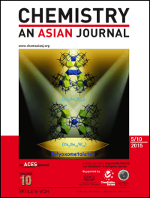 |
Theresa Kueckmann, Chemistry – An Asian Journal With applications for tablets and phones such as Notability, it’s easier than ever to interact with your presentation right there on the projector screen. It’s much easier to follow a note written on a slide (a bit like the old days of overhead projectors) than it is to point something out with a laser pointer, so I recommend getting yourself one of these apps for adding a more personal touch to your presentation. |
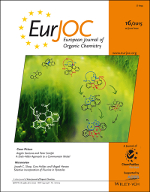 |
Haymo Ross, European Journal of Organic Chemistry Good speakers are often also good entertainers. Especially when you are a speaker in an afternoon session it is often hard to keep the attention of your audience, so a bit of humor and an occasional joke can help. However, do not overplay it! After all, you want to convey a message and do not want to be remembered as a comedian. Humor should be used as a spice, not a main ingredient, but can often be a good icebreaker at the start. Also, bear in mind that people from different cultures do not necessarily share the same sense of humor, so choose your jokes carefully. |
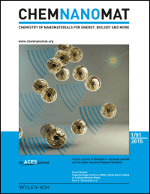 |
Claire Cobley, ChemNanoMat To make your presentation memorable, explain how you overcame the challenges. What made this research so personal that you didn’t want to let it beat you? Were you surprised by the outcome of any experiments? One of the best talks I have seen was one in which the presenter showed pages from his lab notebook to illustrate how his own ideas about a project developed over time. |
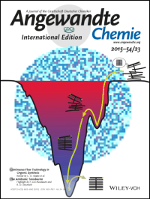 |
Peter Gölitz, Angewandte Chemie I was impressed by an interlude in a recent lecture in which the presenter had a slide in the middle of the talk just showing the two-letter word “So” and then presented a halfway summary on the next slide. As not everybody is a charismatic lecturer, seek advice from experienced presenters and carefully observe exciting speakers to see how they do it. For example Angewandte Chemie celebrated its 125th birthday with a symposium comprising outstanding scientists who captivated with the science and their style. Click here to see how they did it.
|
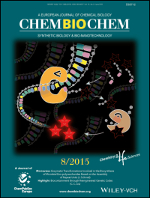 |
Meghan Campbell, ChemBioChem For me the best presentations are always the ones that tell a story. I find myself waiting to see what is on the next slide, because I want to know the next “plot twist”, the next piece of the puzzle. Scientific discovery can and should be just as gripping as a mystery or thriller!
|
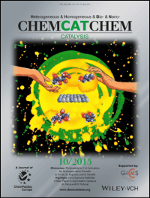 |
Michael Rowan, ChemCatChem Tell the story of why you did things, but not necessarily tiny details of what you did. Audiences do not need to see explanations of spectra on a peak by peak basis; this applies to tables also. They don’t always need to hear all the steps of optimization, only that you optimized the process. Therefore, rather than try to make the audience understand a complicated presentation, you can simplify it. Infographics are great for this. |
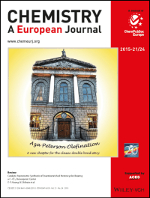 |
Neville Compton, Chemistry – A European Journal Break your presentation up into three or four distinct sections (depending on how long it is). Smaller sections are easier for the audience to digest, and if the format of the talk is even a bit flexible, you can take questions in between the sections. This gives people the opportunity to ask questions that they may otherwise forget if they wait until the end, and it also gives the audience a short break to refocus their minds on the next section. |
 |
David Peralta, ChemistryOpen The best presenters are persuasive and memorable because they show genuine interest in what they are talking about. They have control over their posture, pace, and pauses, their voices rise and fall at the right moments, and they speak with clarity and conviction. Every sentence and picture is vital to the scientific story, and they always know what is coming next. |
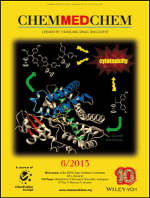 |
Natalia Ortúzar, ChemMedChem Engage with your audience. Eye contact, gestures, even singling people out connects the speaker with the audience and vice versa. Don’t just read your slides with your back turned on the audience. Be confident and hold your head up. When I present, I look around the audience and make brief eye contact with various friendly looking individuals. It feels more like I am talking to them personally than delivering a passive monologue. |
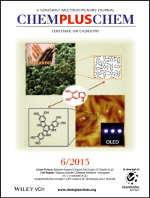 |
Marisa Spiniello, ChemPlusChem For the novice presenter I feel it is important to practice your presentation in front of a friendly audience of friends and colleagues. This should help to iron out any discrepancies with visual material and to clarify what to say to effectively describe the results. Once a presenter has mastered these basic aspects there’s nothing standing in the way of a memorable presentation. |
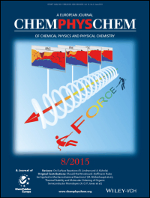 |
Greta Heydenrych, ChemPhysChem If you will be talking about other people’s work, have a look at their homepages and make sure you will be able to recognize them in your audience. People often ask questions without introducing themselves and you do not want to say “Well, as X and co-workers showed two years ago …”, only to be told “Yes, I know what we did!” |
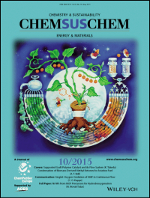 |
Guido Kemeling, ChemSusChem Avoid “wacky” colors or using standard backgrounds from your organization in Powerpoint slides. Most of the time, these are designed by people who are more interested in promoting the organization than your science, so these can be a bit distracting. And whatever you do, don’t use Comic Sans as your font. |
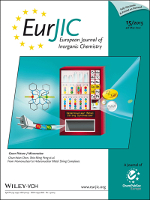 |
Karen Hindson, European Journal of Inorganic Chemistry Start your presentation by making a connection to the audience. After you’ve introduced yourself you can, for example, mention something that’s been in the news. I saw a presenter recently make jokes about having difficulties getting to the venue because of a transport workers’ strike. This human touch resonated with the audience because it reminded them that we all face similar challenges on a daily basis. |
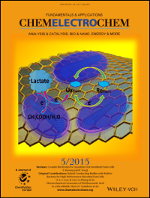 |
Kate Lawrence, ChemElectroChem I think that the use of videos to highlight your work can be very powerful. The most captivating presentation I ever saw included videos of self-propelled nanomotors zipping across the screen. The speaker even introduced a race between the different nanomachines and the audience started supporting their “favourite”! That being said, I have seen numerous talks in which videos have been the source of technical problems, so it’s important to practice multiple times, and even better if you can use the same equipment that you will be using for the talk itself. |
Also of Interest
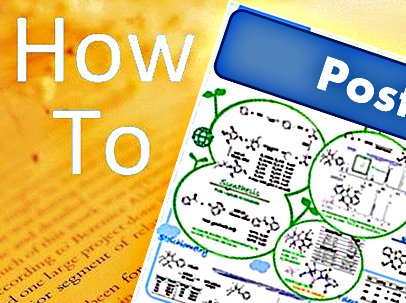
.jpg)



